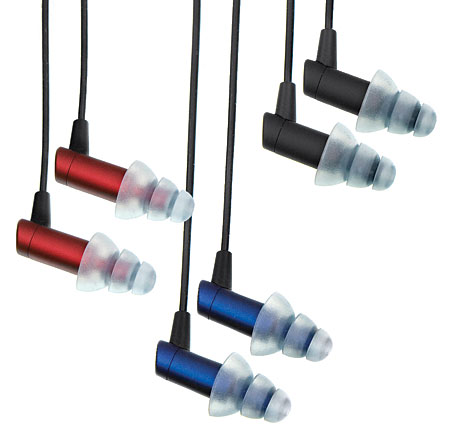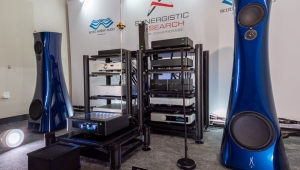| Columns Retired Columns & Blogs |
Thanks for a very good review.
Will Stereophile ever review the q-Jays or the t-Jays in-ear headphones? I've seen them compared with Etymotics and other in online reviews, but it would be nice to have Stereophile's take on them.






































